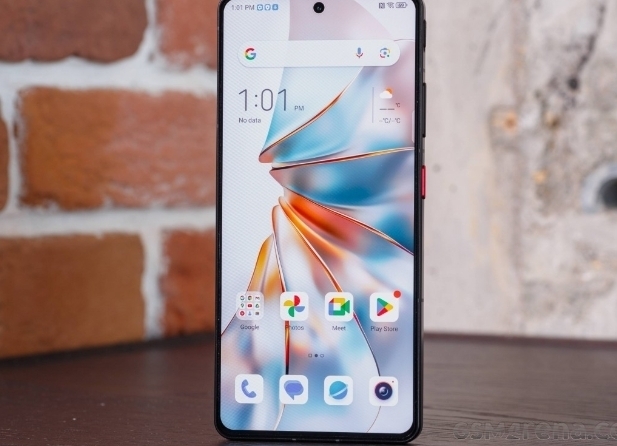TOP > ライフ > batteries & chargers 道場 > ネタ
道場TOP ネタ一覧 batteries & chargers 道場
Nubia Z60S Pro Battery Life Test Results are in!
- ◇評価 0ポイント
- ◇閲覧回数 363回
- ◇登録日
- 2024年9月28日
-
- Calliedenchi
- 道場主
Lv.43
The nubia Z60S Pro is very similar to last year's Z50S Pro model, so we've focussed on some key tests to see if anything has changed.
Both devices are essentially the same. nubia has made some minor tweaks to the phone's main 35mm camera, with the Z60S Pro having a slightly larger sensor. The manufacturer has also added new AI features including Magic Eraser, the Star Algorithm and the 65:24 Ultra Wide Cinema format.
Hardware-wise, there is just another relatively small difference between the two devices – the chipset. It turns out that for whatever reason, the newer Z60S Pro gets a slightly older Snapdragon 8 Gen 2 (the higher-clocked "AC" version) instead of the Snapdragon 8+ Gen 2 (again "AC" version) inside the Z50S Pro. The difference between the two chips is relatively minor and is mostly limited to a higher GPU clock speed on the Snapdragon 8+ Gen 2. This results in some minor performance differences in favor of the Z50S Pro, which is almost exclusively noticeable in synthetic benchmarks.
Still, we were also left wondering how the chipset swap would affect battery life. The two phones have the same 5,100 mAh battery packs, which, combined with the relatively small chipset difference and essentially identical 6.8-inch 120Hz AMOLED displays, would suggest very little difference in Active Use Score. Indeed, after some rather extensive concurrent battery testing on both phones, just to verify our numbers, we found that the two have very similar endurance.
Interestingly, in addition to the slight performance advantage, the older Nubia Z50S Pro also has a slight advantage in battery life, largely due to longer talk time. Perhaps Qualcomm made some adjustments to the modem behaviour within the chipset for the Snapdragon 8+ Gen 2, or maybe this is a Nubia tweak. In any case, the actual difference in battery life is fairly small.
ブログ? そんなの必要ありません! 今日から、いきなりアフィリエイトスタート!
【まにあ道アフィリエイト】まにあ道ならAmazonアソシエイトIDを利用してネタを書くだけで、お気軽に始めていただけます。

-

- 445mAh/1.71WH Li3905T44P6h292752 Replacement Battery for Nubia alpha Watch Nubia α Watch SW1002(0) Calliedenchi (道場主)












 シュリのおすすめネタ
シュリのおすすめネタ
コメントはまだありません。